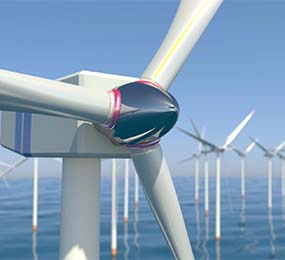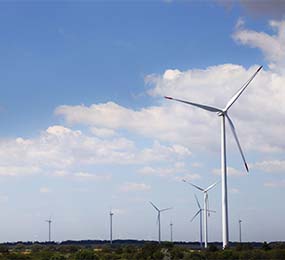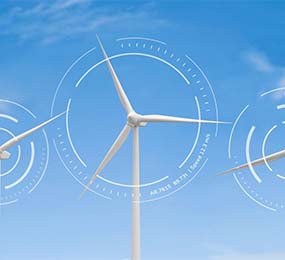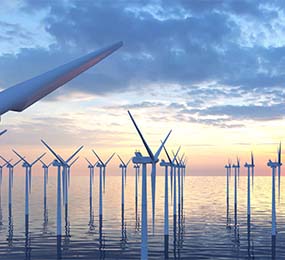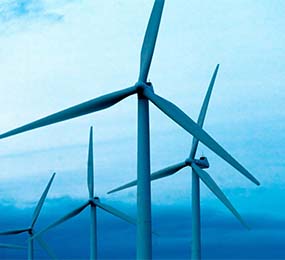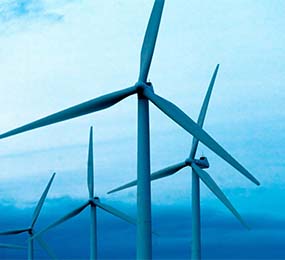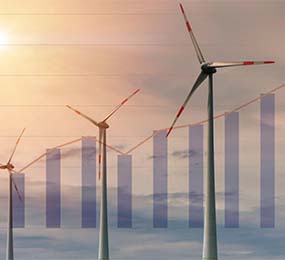Advancements in Lightweight Materials for Wind Blades
The wind energy sector has witnessed significant growth in recent years, driven by the increasing demand for clean and renewable energy sources. A critical factor in the efficiency and cost-effectiveness of wind turbines is the weight of their blades. Heavier blades require more energy to rotate, reducing overall efficiency and increasing operational costs. As a result, researchers and engineers have been focusing on developing lightweight materials that can enhance the performance of wind blades.
One promising advancement in lightweight materials for wind blades is the use of carbon fiber composites. These materials offer exceptional strength-to-weight ratios, making them ideal for applications where weight reduction is crucial. Carbon fiber composites are typically manufactured by layering carbon fibers with a resin matrix, resulting in a highly durable and lightweight material. By incorporating carbon fiber composites into wind blades, manufacturers can reduce the overall weight without compromising structural integrity.
Another innovative material being explored for wind blades is basalt fiber. Derived from volcanic rock, basalt fiber possesses similar properties to carbon fiber, including high strength and low density. Basalt fiber is also more readily available and potentially less expensive than carbon fiber, making it a viable alternative for wind blade production. Additionally, basalt fiber is considered more sustainable due to its lower environmental impact compared to carbon fiber.
Beyond composite materials, researchers are also investigating the potential of hybrid materials that combine different properties to optimize wind blade performance. For example, hybrid materials incorporating natural fibers like flax or hemp can provide additional benefits such as improved insulation and reduced manufacturing costs. However, further research is needed to ensure that these materials meet the necessary strength and durability requirements for wind blade applications.
In conclusion, the development of lightweight materials is essential for the continued growth and competitiveness of the wind energy industry. By incorporating advanced materials such as carbon fiber composites, basalt fiber, and hybrid materials, wind blade manufacturers can improve the efficiency, reliability, and cost-effectiveness of wind turbines. As research and development in this area progress, we can expect to see even more innovative and sustainable solutions for wind blade materials.
Visit our website to know more: https://www.leadventgrp.com/events/2nd-annual-wind-blade-materials-and-recycling-forum/details
For more information and group participation, contact us: [email protected]
Leadvent Group - Industry Leading Events for Business Leaders!
www.leadventgrp.com| [email protected]


